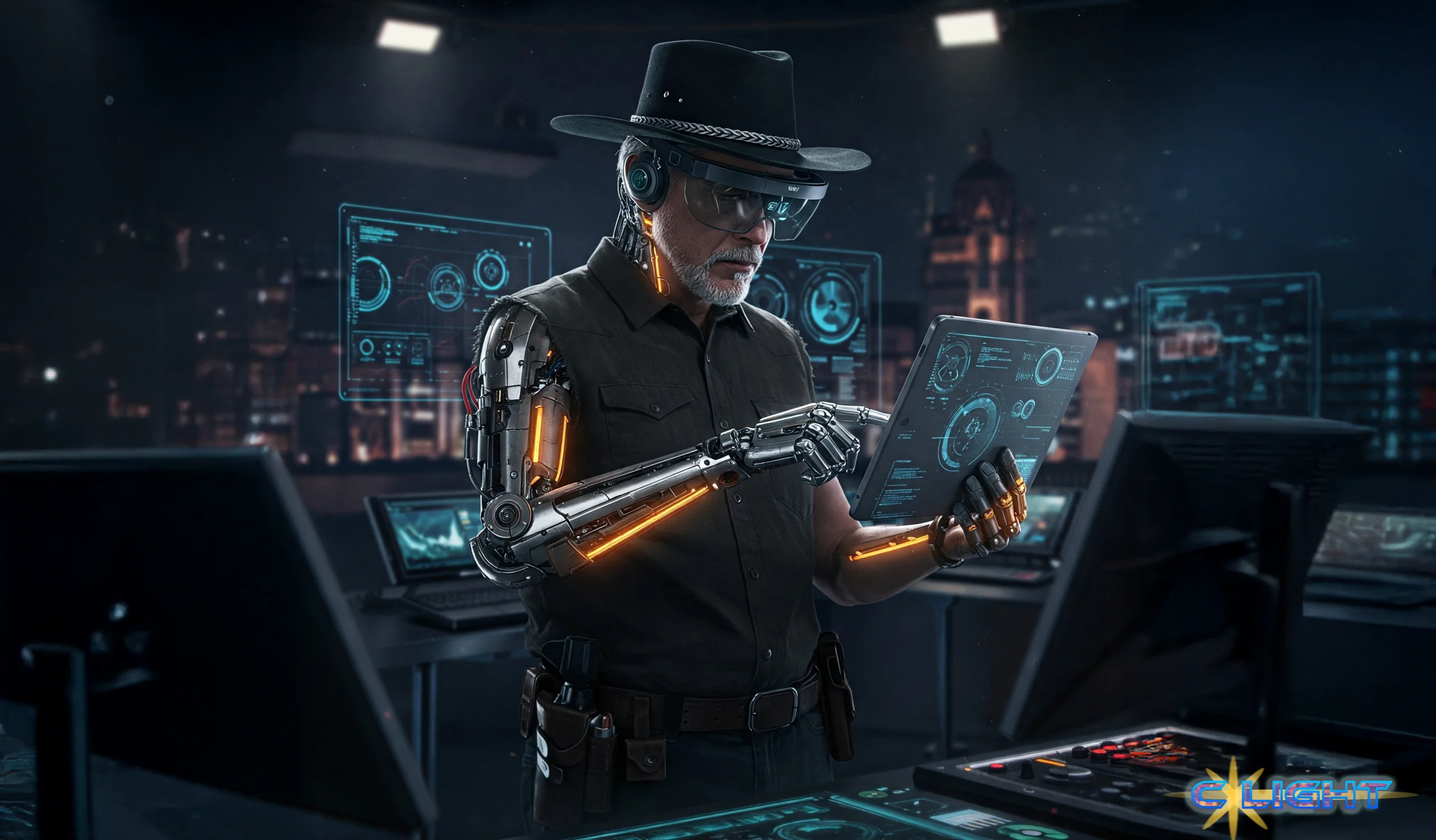Grab your coffee or tea. As you start your Monday morning, maybe scrolling through emails or planning your week, something quiet but huge is happening in the background of our lives. It’s called Artificial Intelligence, or AI for short. Think of it like super smart computer programs that can learn and do things that used to require a human brain. And whether we notice it or not, AI is starting to show up in some surprising places, changing how we work and even how we watch videos.
Your Boss Might Be Sending a Bot to That Meeting
Imagine this: Your boss is too busy for that weekly check-in meeting, the one where you mostly just give quick updates. Instead of canceling, they send… a computer version of themselves. Sound like science fiction? Sam Liang, the head of a company called Otter.ai that makes software to write down what’s said in meetings, is already building it. He calls it the “Sam-bot.”
This isn’t just a recording. Otter is teaching this computer program using thousands of things Sam Liang has said in past meetings or written down. The goal is for the Sam-bot to know how Liang thinks and be able to answer simple questions or handle basic issues just like he would. It even has a computer voice made to sound like him! If the bot gets a really tricky question, like who to hire, it can quickly send a message to the real Sam for an answer.
The idea is to free up busy bosses from meetings that don’t absolutely need them there. Think about all the time spent just listening to status reports or budget updates. One study found that wasted meeting time costs big companies millions of dollars every year. So, companies like Otter and even the popular meeting company Zoom are working on these AI “digital twins” that could one day sit in for executives.
Does it work perfectly? Not yet. When they tested the Sam-bot, sometimes its answers were repetitive, and it got confused by interruptions. The computer voice still sounds a bit robotic, and AI struggles with understanding human emotions or the unspoken feelings in a room. Nobody thinks an AI bot can replace the truly important parts of leadership, like inspiring a team or handling a surprise crisis. But for straightforward communication? Tests, like one done at a company called Zapier, showed that employees often couldn’t tell if an answer came from their real CEO or an AI trained to sound like him. It seems AI is getting pretty good at faking it, at least for simple stuff.

Your Favorite YouTuber Might Soon Speak Every Language
Now think about something most of us do every day: watch videos on YouTube. AI is working behind the scenes there, too, in ways that could change everything. YouTube executives imagine a future, maybe just five years away, where AI can automatically translate every video into every language.
Imagine watching a popular creator from Egypt, like Farah Medhat. Right now, her fans in South Korea mostly watch with subtitles. But soon, YouTube’s AI could make it so you hear the video in perfect Korean, spoken in a voice that sounds just like Farah’s, with the video even changing her lip movements to match the new language! The goal is to help creators reach people all over the world easily. Upload once, and AI helps you talk to everyone.
YouTube is also giving creators other AI tools. These tools can help them come up with ideas for videos, edit footage faster, write descriptions, and understand who is watching their videos and why. It’s all aimed at helping creators make more content and connect with more viewers globally.
How Does AI Get So Smart?
You might wonder how these computer programs learn to talk like a CEO or translate languages so well. They learn by studying enormous amounts of information – text from websites, books, articles, and yes, videos from places like YouTube. They look for patterns in how words and ideas connect.
This has caused some discussion. When YouTube creators first started posting videos years ago, nobody imagined those videos would one day be used to teach AI programs. Hank Green, a popular longtime YouTuber, pointed out that he never knew he was agreeing to let his videos train AI systems like Google’s Gemini. YouTube says using videos this way helps them improve the platform for everyone and that it’s allowed by their rules, but it raises questions about fairness and whether creators should have more say or get paid when their work helps make AI smarter. It’s like finding out the books you donated to the library were scanned to teach a robot librarian – useful, maybe, but perhaps unexpected.

So, What Does This Mean for Our Morning Coffee?
As you sip that coffee and plan your day, just know that AI is increasingly woven into the fabric of our lives. It’s acting as a stand-in at work meetings, translating videos from around the world, and learning from the digital world we all contribute to.
There are exciting possibilities – saving time at work, breaking down language barriers, and getting new creative tools. But there are also weird aspects – talking to a boss-bot, wondering if a video translation is too perfect, thinking about how AI learns from our stuff. It’s clear that AI isn’t just for tech experts anymore. It’s becoming part of the everyday, working quietly (or sometimes awkwardly) in the background. It’s something worth paying attention to, even on a Monday morning, as it continues to reshape our world in ways we’re only beginning to understand.
Discover more from Clight Morning Analysis
Subscribe to get the latest posts sent to your email.










